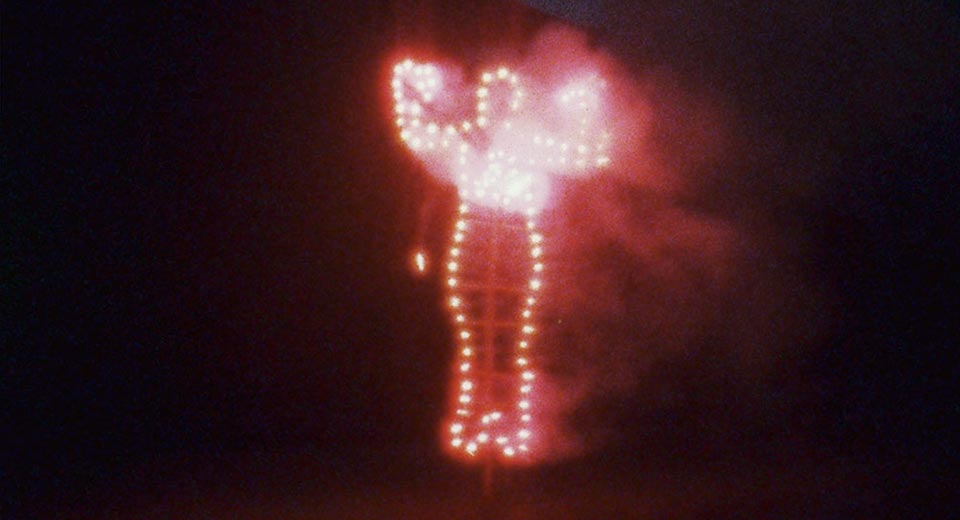
Ana Mendieta sometimes seems to occupy negative space. Perhaps that shouldn't come as a surprise; a not uncommon fate of the 20th Century female artist is to be figuratively erased. Not to mention the fate of the Cuban artist of the same era, weighed down even more heavily - and literally - with disappearance, in the form of exile. Then there's Mendieta's death in 1985 - out a window, presumed violent, nominally unsolved - which has cast its grim shadow backwards onto her life and work, threatening to eclipse the legacy of both. Mendieta's material, across performance art, photography, and film, was the body: she cast impressions of the female figure into the earth, and created art from blood and animal viscera. As Cuban poet Maria Elena Cruz Varela wrote in The Ballad of Blood Without Pretexts, "Rite of blood. Absent. That is to say: not present."
As part of the Women at Work: Radical Creativity series, curator Dessane Lopez Cassell brings to BAM the rich program Environments: Film Works by Ana Mendieta, an evening of Mendieta's films from the 1970s and early 1980s. These films, most of which run the length of one reel of 8mm film, are not merely performance documentation. They were conceived of and shot as distinct cinematic works, and the opportunity to see these films projected in the immersive blackness and shared communion of a theatrical setting is a rare and special one.
Most of Mendieta's performances shown here involve inscribing upon the land: in Burial Pyramid she digs herself into the dirt next to a tomb, for Birth, she casts her silhouette from mud, in Esculturas Rupestres, she etches into the rock of a Cuban cave, and in the two Silhueta films, she uses explosives and pyrotechnics to explode her own shape. Mendieta uses Varela's "rite of blood" to image the violence of being a woman, the violence of exile, and the possibility of connecting back to the earth. "I am overwhelmed by the feeling of having been cast from the womb (nature)," Mendieta wrote. "My art is the way I re-establish the bonds that unite me to the universe." The films are momento mori to the ephemeral, evincing the possibility of mark-making yourself into presence.


